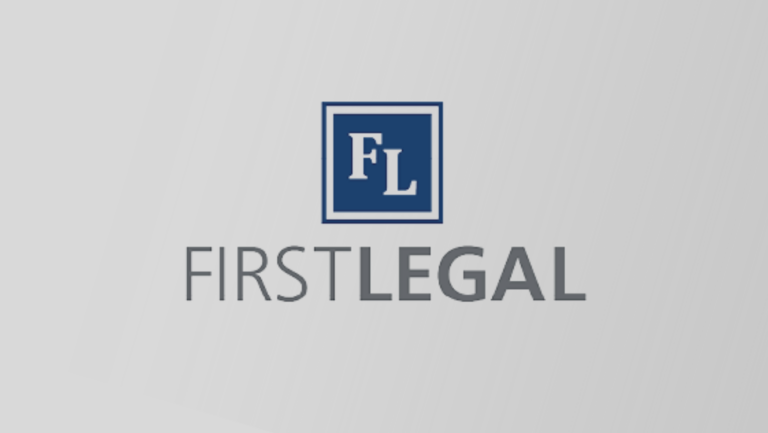Effective preservation and litigation holds policies are essential for organizations to ensure the integrity and accessibility of critical data during legal proceedings. In this guide, we’ll provide a step-by-step approach for developing and documenting these policies, outlining key elements to include for comprehensive coverage.
Step 1: Establish a Cross-Functional Team
Formation of a Team: Create a cross-functional team comprising legal, IT, compliance, and records management professionals. This diverse group ensures that all relevant perspectives are considered.
Identify Key Stakeholders: Clearly define the roles and responsibilities of team members to ensure accountability throughout the policy development process.
Step 2: Define the Policy Scope
Scope Clarification: Determine the scope of your preservation and litigation hold policy. Specify which types of data and records are subject to the policy, including electronic and physical records.
Legal Obligations: Identify and document the relevant legal obligations that necessitate preservation and litigation holds, ensuring alignment with local, national, and industry-specific regulations.
Step 3: Set Preservation Requirements
Data Identification: Define criteria for identifying data that should be preserved, considering factors like relevance to current or anticipated legal matters.
Preservation Timeline: Specify the duration for which data must be preserved, including any extensions that may apply if legal proceedings are ongoing.
Step 4: Determine Roles and Responsibilities
Role Assignments: Clearly outline the responsibilities of each team member and their respective roles in the preservation process. This includes legal, IT, and records management personnel.
Communication Protocols: Establish communication channels between team members to ensure timely execution of preservation holds when required.
Step 5: Incorporate Technology Solutions
Technology Integration: Determine the technology solutions that will be used to implement and enforce preservation and litigation holds. Ensure that these solutions are compatible with your organization’s infrastructure.
Data Mapping: Implement data mapping tools to identify and classify relevant data sources, making it easier to initiate and manage preservation holds.
Step 6: Develop Clear Procedures
Documented Procedures: Create step-by-step procedures for initiating, maintaining, and releasing preservation and litigation holds. Include detailed instructions for each phase of the process.
Step 7: Training and Awareness
Employee Training: Develop training programs to educate employees about the policy and their roles in preserving data. Training should be ongoing and include regular updates.
Step 8: Enforcement and Compliance
Policy Enforcement: Establish mechanisms for monitoring and enforcing policy compliance. This may include periodic audits and reporting procedures.
Consequences of Non-Compliance: Clearly outline the consequences of failing to adhere to the policy, such as disciplinary actions or legal repercussions.
Step 9: Document Retention and Disposal
Retention Schedules: Document data retention schedules, specifying when data can be disposed of in compliance with the policy and relevant regulations.
Step 10: Regular Policy Review and Update
Policy Review: Schedule regular reviews of the preservation and litigation hold policy to ensure it remains aligned with changing legal requirements and technological advancements.
Documentation: Maintain a comprehensive record of policy changes, reviews, and updates.
Step 11: Legal Consultation
Legal Review: Before finalizing the policy, seek legal counsel to ensure that it meets all legal requirements and adheres to best practices.
Step 12: Communication and Training
Policy Communication: Communicate the finalized policy to all employees, stakeholders, and relevant parties within the organization.
Training and Awareness: Provide training to employees on the policy’s details and their responsibilities in preserving data.
Step 13: Accessibility and Distribution
Policy Accessibility: Ensure that the policy is easily accessible to all employees and stakeholders through an organized document repository or intranet.
Step 14: Monitor and Adapt
Monitoring and Adaptation: Continuously monitor the effectiveness of the policy, seeking feedback from stakeholders, and making necessary adjustments to enhance compliance and efficiency.
By following these best practices and systematically documenting your preservation and litigation hold policies, your organization can establish a robust framework for preserving critical data, complying with legal obligations, and effectively managing data throughout the litigation process. These policies serve as a foundation for mitigating risks and ensuring a smooth and legally compliant response to legal matters. Partner with First Legal to enhance your data preservation strategy and navigate the complexities of the legal landscape with confidence.
Related post:
Preservation and Litigation Holds in the Digital Age: Navigating Email, Social Media, and Cloud Data






